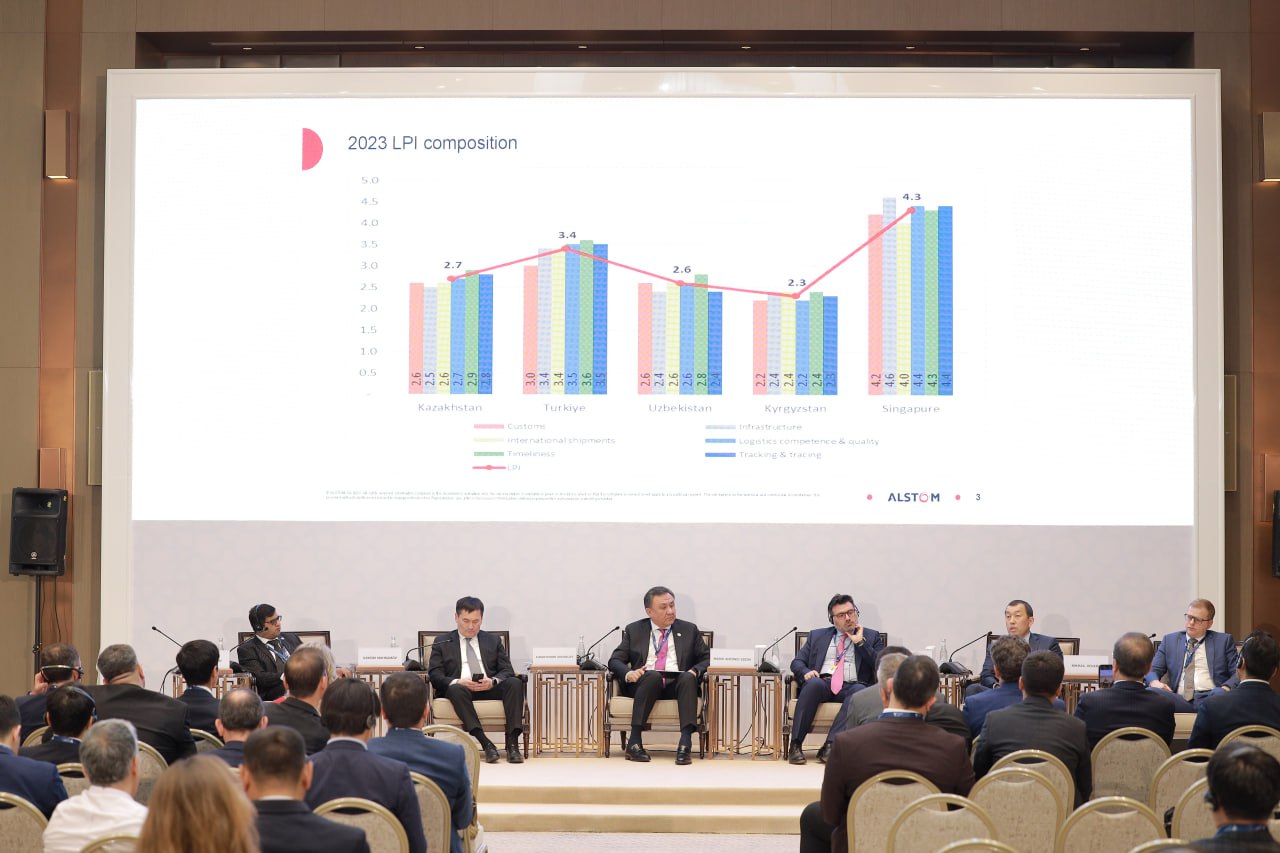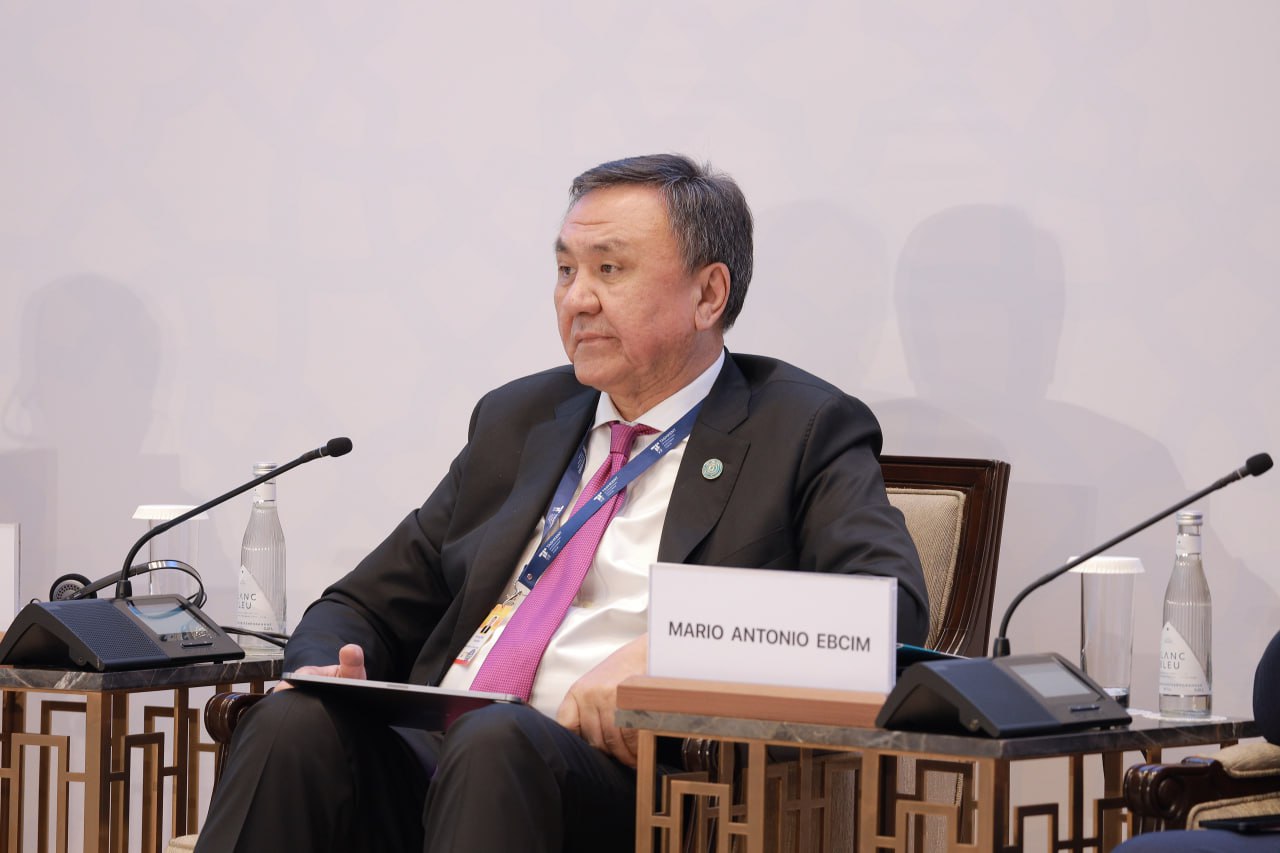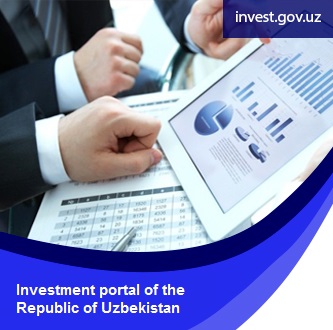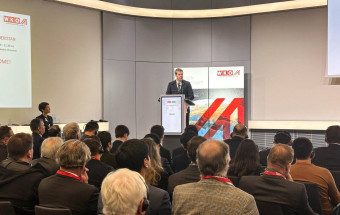How new transport routes can drive growth
Within the framework of the Tashkent International Investment Forum, a panel session "Transport connectivity - a driver of economic growth and international trade" was held.
During the discussion, the speakers raised a topical issue for Central Asia: what should be done by the countries of the region to reduce transport costs. In addition, the necessary measures were discussed to increase the trade turnover of Central Asia with European countries and opportunities for private investors, which include a policy of increasing interconnectedness between the countries of the region.
“Uzbekistan can become a bridge between Europe and Asia, and there are all the necessary resources for this,” says Transport Minister Ilkhom Makhkamov. - We are actively ready to participate in the North-South, East-West corridors, we have the opportunity to provide conditions for forwarders and carriers to travel through the Republic of Uzbekistan. And the task set before us by the head of the country - to be a driver of economic development and the investment climate - is being carried out, but the participation of private and investment capital plays an important role.
The event noted that, according to statistics, more than 90% of freight traffic in intercontinental trade between Asia and Europe is carried out by sea. Landlocked developing countries spend about 18% of their income on transport services.
- We are between Europe and Asia, as a link, - said the Secretary General of the Organization of Turkic States, Ambassador Kubanychbek Omuraliev . – And, of course, transport links play a very important role in the regional integration of not only member states, but also observers. The UTC is interested in active development of transport corridors, intensification of the flow of goods and services between the countries of the region. In particular, we are focused on the development of the corridor between East and West, which gives us the opportunity to provide sustainable transport networks, which, in turn, will contribute to the development of industrial networks, competitiveness and attractiveness of our countries.
The experts unanimously agreed that it is necessary to develop a corridor linking East and West. Previously, it played the role of an alternative route, but today, given the geopolitical situation in the world, its importance has increased.













